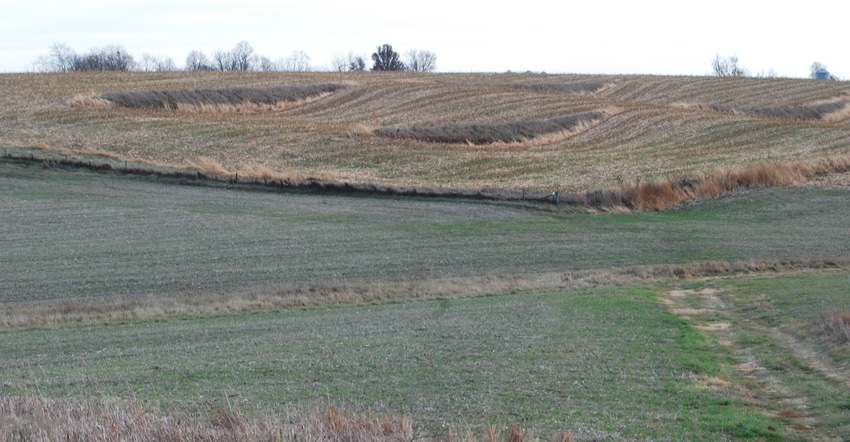November 5, 2019

Mike Naig, Iowa ag secretary, and Kurt Simon, state conservationist with USDA’s Natural Resources Conservation Service, have extended cover crop seeding deadlines this fall due to weather delays. They made the announcement Nov. 1, citing the late harvest of Iowa corn and soybean crops, which has prevented farmers from getting cover crops planted after the row crops are harvested.
Farmers participating in state cost share and most federal financial assistance programs now have until Dec. 1 to plant their winter-hardy cereal rye cover crop and still qualify for the financial assistance.
“Farmers have had an unusually tough year dealing with weather, which is creating significant harvest delays,” Naig says. “Even a later-seeded cover crop can provide soil and water conservation benefits, and this extension gives farmers the opportunity to seed cereal rye after harvest.”
Recommendations for later planting
For best results, cereal rye should be planted immediately following the harvest of the principal row crop, such as corn or soybeans. The cover crop will be no-till drilled into the crop residue, and the recommended seeding rate of cereal rye should be increased to 75 pounds per acre to account for reduced tillering.
Kevin McCall, state resource conservationist for NRCS in Iowa, says late-seeded cereal rye can still be established this fall and provide key soil health and environmental benefits if allowed to grow to at least 8 inches in the spring.
This seeding extension does not apply to all programs. Contact your local NRCS office for additional information about federal or state conservation assistance programs. “Cover crops play an important role in locking in nutrients and preventing soil erosion,” Simon says. “It is one of many conservation practices that farmers can use to help the state advance towards the water quality goals outlined in the Iowa Nutrient Reduction Strategy.”
The Iowa Department of Agriculture has a cost-share opportunity of up to $25 per acre for first-time cover croppers and $15 per acre for continued users who qualify.
About the Author(s)
You May Also Like






